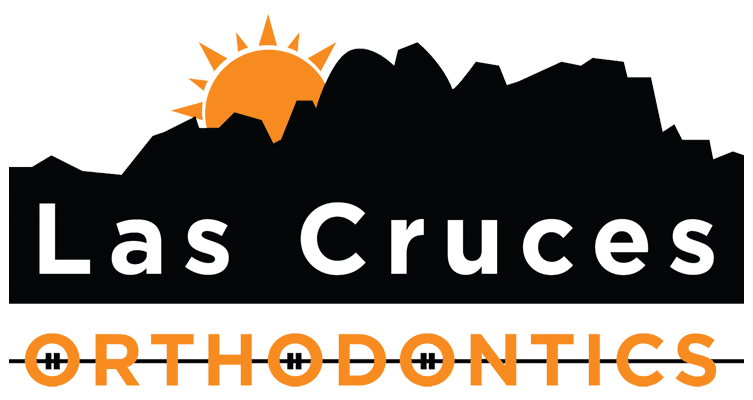A palate or palatal expander is used to widen or expand the upper jaw, and it also addresses crowding and other orthodontic issues. When it's worn, the expander extends and creates more room in the mouth. Why? To allow for proper tooth as well as jaw alignment. Expanding the upper jaw can also positively affect the floor of the nasal cavity, increasing air flow and making it easier to breathe. In short, a palate expander can help in a variety of ways.
When is a Palatal Expander Prescribed?
When prescribed, an expander is necessary to correct bite. It is an excellent early orthodontic intervention.
It can be used for posterior crossbite, for example. A palate expander is most successful when it's used to treat children and younger teens, although sometimes adults can benefit from using an expander as well. Overall, the strong success rate of palate expanders used at a young age, points out the importance of visiting an orthodontist when children are young.
After all, the expander can help make the upper arch wider so the upper teeth align with lower teeth and create a better bite. It can also make more room available for crowded teeth to prevent the need for extracting any permanent teeth down the line. And expanders can also help to shape a broader, attractive smile.
Is It Hard to Eat When Wearing an Expander?
There is no real difficulty eating when wearing a palate expander. But it is important to avoid foods that are either hard, crunchy, chewy, or sticky, because these types of food can damage an expander. Off limits are items like gum, caramels, taffy, licorice, popcorn and nuts. And when you eat raw carrots, apples or celery, cut them into small, bite-size pieces. Why? Because hard or sticky food items can break a palate expander.
So, Do Palatal Expanders Hurt?
Are palatal expanders painful? No. However, for the first few days after receiving an expander there may be some discomfort or difficulty speaking and eating until the wearer adjusts to having it in place.
During the time the expander is worn, it does need to be turned. This is a simple procedure but the wearer can’t do it themselves. It’s done by using a small expander key that fits into the device. It’s not painful, although the patient might feel some pressure against the teeth and roof of the mouth. Usually, for children, the parent or caregiver turns the expander.
How Long Do Palate Expanders Stay in Your Mouth?
The usual length of time it takes to expand the palate is only three to six weeks. However, an expander is kept in the mouth for a longer period of time than that, usually for around 12 months. The reason for this is to allow the newly formed, expanded bone to fully mature.
Ready to Learn More About Palate Extenders?
If you’d like to know more about palate expander, and how they can help your child’s smile, reach out to us today, we’re here to help. We would be happy to discuss everything from palate expanders and other early orthodontic intervention to teeth straightening options like traditional braces or clear Invisalign aligner trays.

